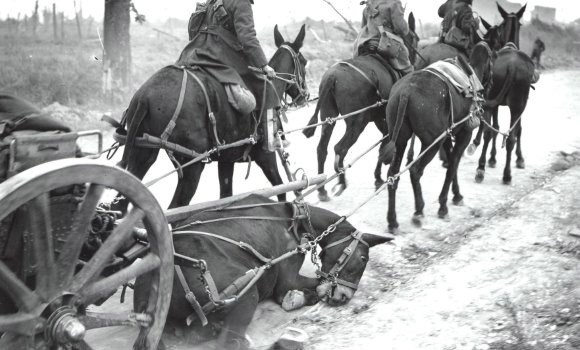-
Remembering the carers of the war horses.

We tend to overlook the men who often risked their lives to care for and safeguard their comrades the war horses under atrocious conditions while in action at the front.

We tend to overlook the men who often risked their lives to care for and safeguard their comrades the war horses under atrocious conditions while in action at the front.